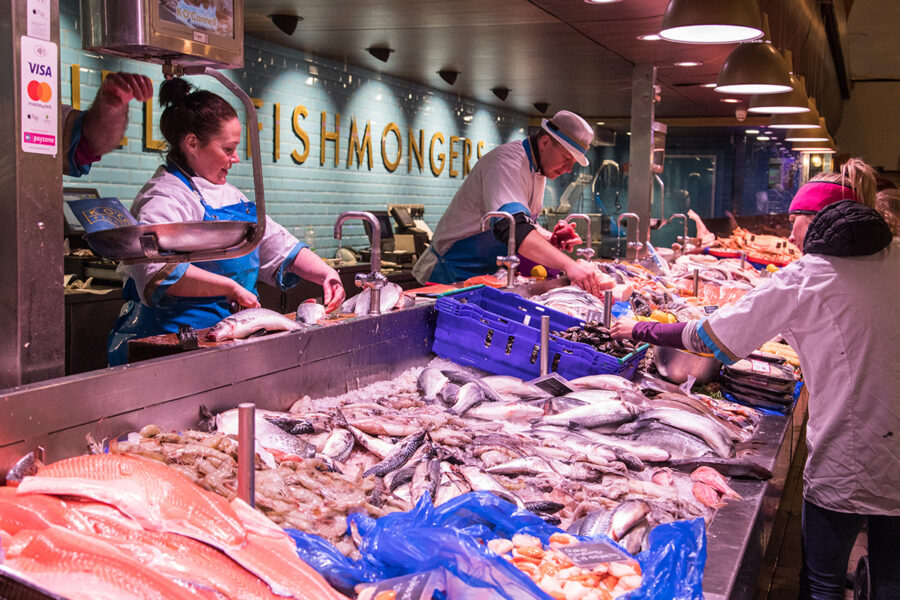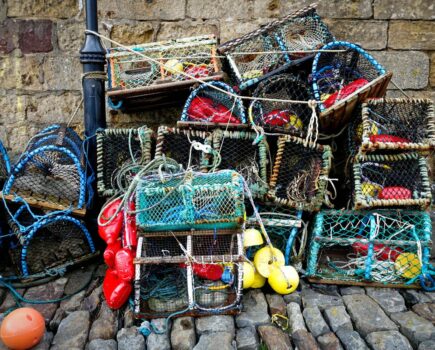Bord Iascaigh Mhara (BIM) reports that the Irish seafood sector was worth €1.3bn last year.
Despite a ‘volatile year’, a combination of higher prices, the reopening of restaurants after Covid-19 and an increase in seafood consumption in Ireland contributed to 4% annual growth.
BIM’s chief executive Caroline Bocquel says the figures reflect the ‘enduring strength of those working in the seafood industry’ and the vital role the sector plays in coastal communities in Ireland.
“BIM remains steadfast in its commitment to support industry to navigate the fast-changing global landscape,” she said.
The BIM Business of Seafood report notes that while the volume of seafood produced by the Irish sector didn’t match previous years, there was very strong price growth, particularly in the wild-caught sector, which saw prices increase by 38%.
The value of the overall Irish seafood sector increased by 13% to €703m, while the overall value of Irish aquaculture products increased by 10% to €196m.
Prawns surpassed mackerel as the most valuable wild-caught species, more than doubling in price (+53%) in 2022. Irish rock oysters (+8%) and rope-grown mussels (+7%) also reflected strong price growth last year.
The top-selling species on the Irish market during the year were salmon (€119m) and cod (€44m), the report says.
Organic salmon was the top species produced by the aquaculture sector – accounting for 13,500t worth €124m – while prawns were the top species landed by the Irish fleet, accounting for 6,200t with a value of €82m.
During 2022, a total of €507m- worth of seafood was landed at Irish ports, which was a 14% increase on 2021 in value terms.
Killybegs was the state’s largest fishing port in 2022 by value, with landings worth €135m, closely followed by Castletownbere, with €129m-worth landed.
The report notes that the value of landings – particularly in whitefish and prawns – also increased significantly in the port of Ros an Mhíl, where landings are in long-term decline, along with Clogherhead and Greencastle.
The report records a significant increase in government investment in 2022 as funding under the Brexit Adjustment Reserve (BAR) began to come on stream.
The 10% increase in government investment (€255m) in 2022 included the opening of several BAR schemes to cushion the impact of Brexit.
The sector employed about 15,300 people in 2022, with 1,993 registered vessels, over 10 seafood processors and just under 300 aquaculture sites, BIM says. Over 8,200 people are directly employed in the sector, with a further 7,100 jobs supporting the sector indirectly.
This story was taken from the latest issue of Fishing News. For more up-to-date and in-depth reports on the UK and Irish commercial fishing sector, subscribe to Fishing News here or buy the latest single issue for just £3.30 here.
Sign up to Fishing News’ FREE e-newsletter here.








